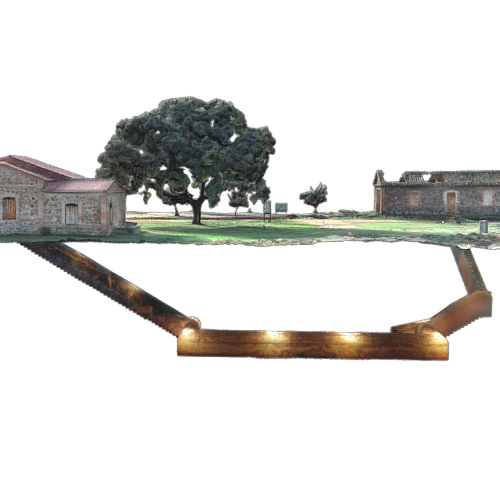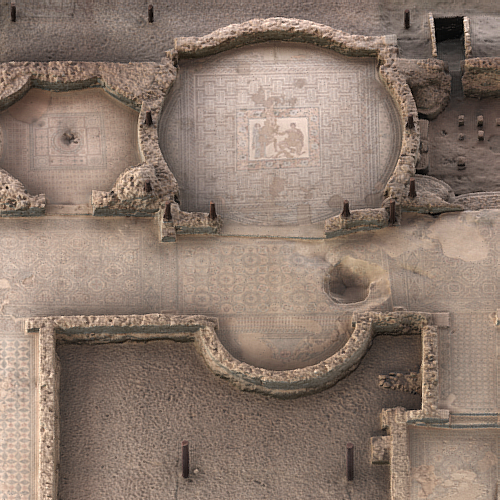Stamped jar fragment from Calatrava la Vieja, Castilla-La Mancha, Spain. Islamic almohad period (1195-1212 CE). This artifact was found in the 2017 excavations in the south-east sector of the medina, next to the western wall of the alcázar. The jar (“yabiya” in arabic) was the most common container for the storage and transport of liquids and solids during the andalusian period in the Iberian Peninsula. To its utilitarian function, it added a decorative value, particularly since the 12th century, when this kind of pieces were profusely decorated with printed stamps with epigraphic, geometric or plant motifs. In this case, the jar has a horizontal band around the base of the neck, stamped with epigraphic motifs. After the jar was broken, some of its fragments were burned, and others not.
Retuerce Velasco, M. (1998): La cerámica andalusí de la Meseta. Madrid.




